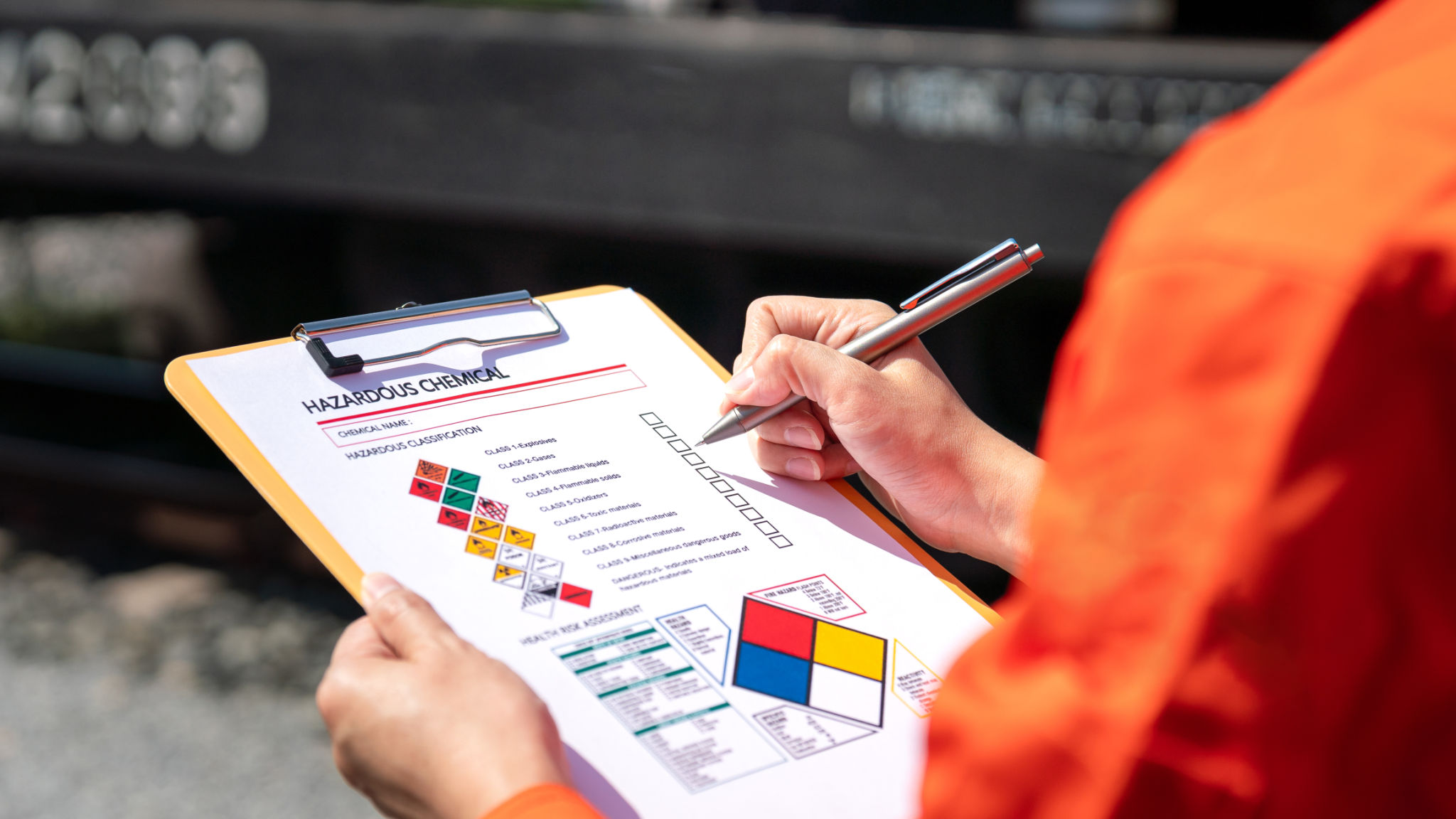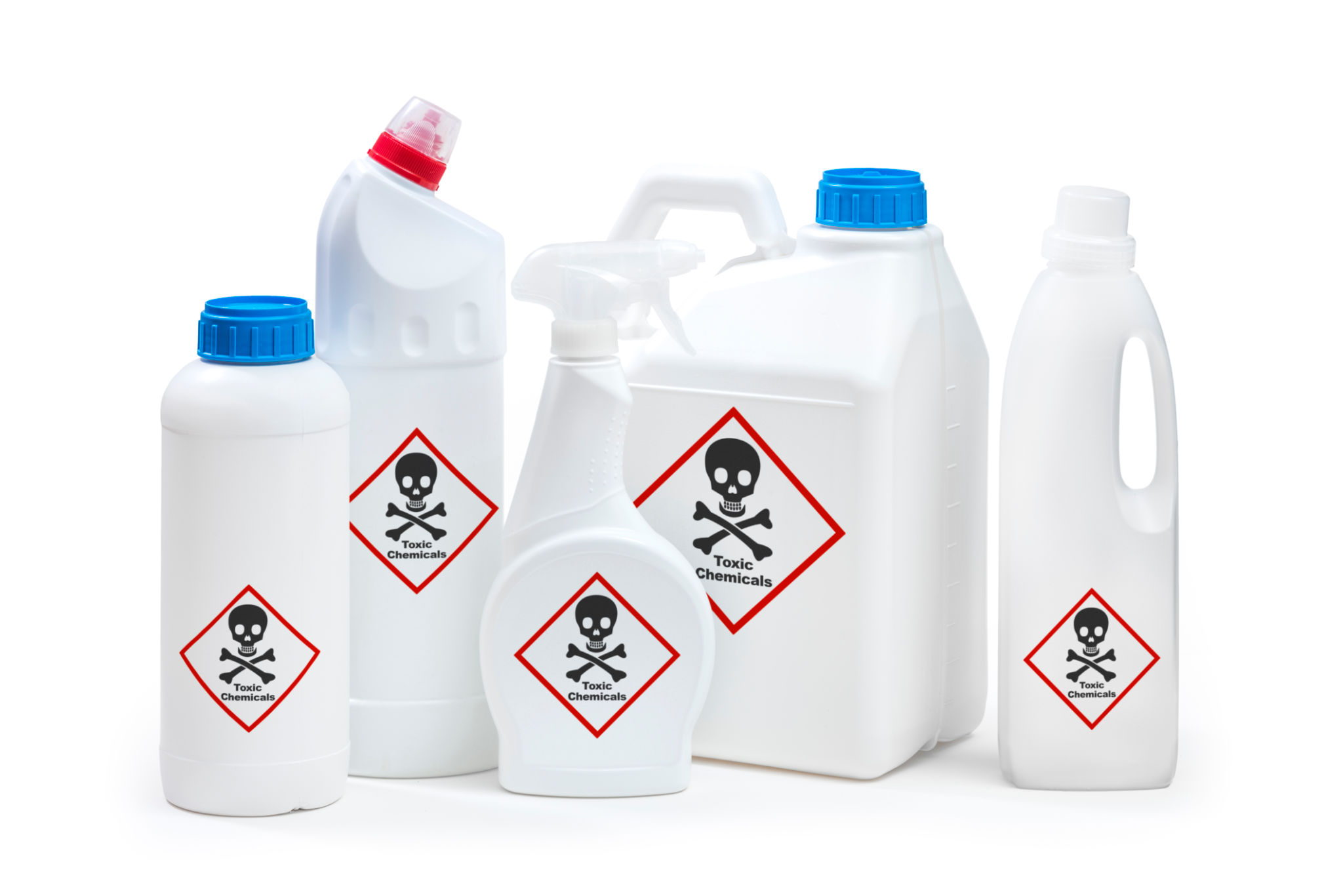Top Myths About Hazardous Waste Handling in the Philippines Debunked
Understanding the Complexities of Hazardous Waste Management
Handling hazardous waste is a critical aspect of environmental management, especially in a country like the Philippines, where industrial activities are on the rise. Despite its importance, numerous myths surround this topic, leading to misconceptions and improper practices. This blog post aims to debunk some of the most common myths about hazardous waste handling in the Philippines.

Myth 1: All Hazardous Waste is the Same
One prevalent myth is that all hazardous waste is identical, which is far from the truth. Hazardous waste can vary significantly based on its chemical composition, toxicity, and potential harm to human health and the environment. It includes categories such as chemical, pharmaceutical, radioactive, and electronic waste. Each type requires specific handling and disposal methods to mitigate risks effectively.
In the Philippines, regulatory bodies like the Department of Environment and Natural Resources (DENR) have outlined guidelines for classifying and managing different types of hazardous waste. Understanding these classifications is crucial for businesses and individuals involved in waste handling.
Myth 2: Incineration is the Best Disposal Method
Another common misconception is that incineration is the most effective way to dispose of hazardous waste. While incineration can reduce waste volume significantly, it is not always the best option due to potential air pollution and high energy consumption. In many cases, recycling, treatment, or secure landfilling may be more appropriate alternatives.

The Integrated Waste Management approach promotes the use of different methods based on the type of waste and its potential environmental impact. This comprehensive strategy helps minimize risks while maximizing resource recovery and sustainability.
Myth 3: Only Large Industries Generate Hazardous Waste
Contrary to popular belief, it's not just large industries that produce hazardous waste. Small businesses, households, and even healthcare facilities contribute to hazardous waste generation. For example, used batteries, expired medications, and electronic gadgets are common sources of hazardous waste in everyday life.
Recognizing this fact is crucial for implementing effective waste management practices across all sectors. Everyone plays a role in minimizing hazardous waste production and ensuring safe disposal.

Myth 4: Proper Waste Handling is Too Expensive
Many believe that handling hazardous waste correctly is prohibitively expensive. While it's true that there are costs involved, these expenses are often outweighed by the benefits of reducing environmental damage and avoiding legal penalties associated with improper disposal.
Moreover, businesses can explore cost-effective solutions such as waste minimization programs, partnerships with certified waste management companies, and employee training initiatives to manage hazardous waste more efficiently.
The Importance of Debunking Myths
Dispelling myths about hazardous waste handling is essential for fostering a culture of environmental responsibility in the Philippines. By understanding the facts, individuals and businesses can make informed decisions that protect public health and preserve natural resources.
As awareness grows and regulations become more stringent, proper hazardous waste management will continue to be a priority for sustainable development in the region. Embracing best practices today can lead to a healthier environment tomorrow.
